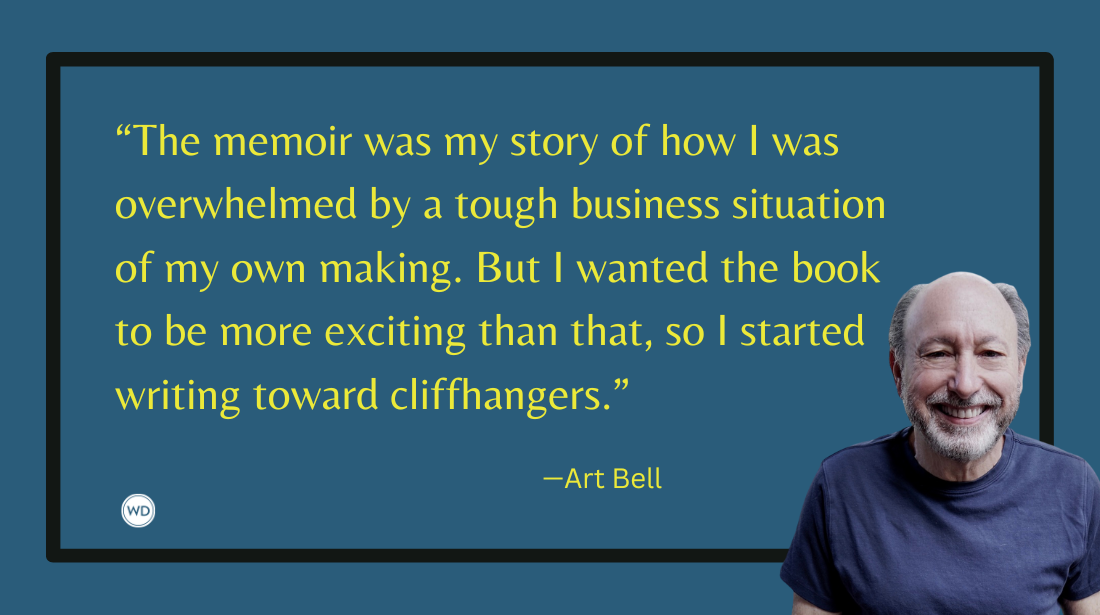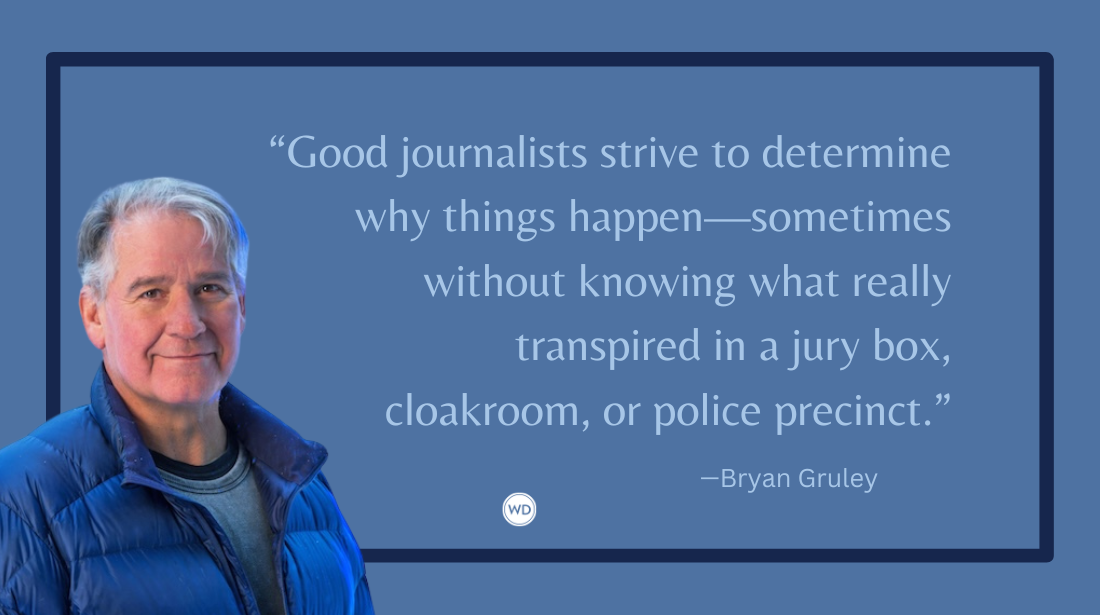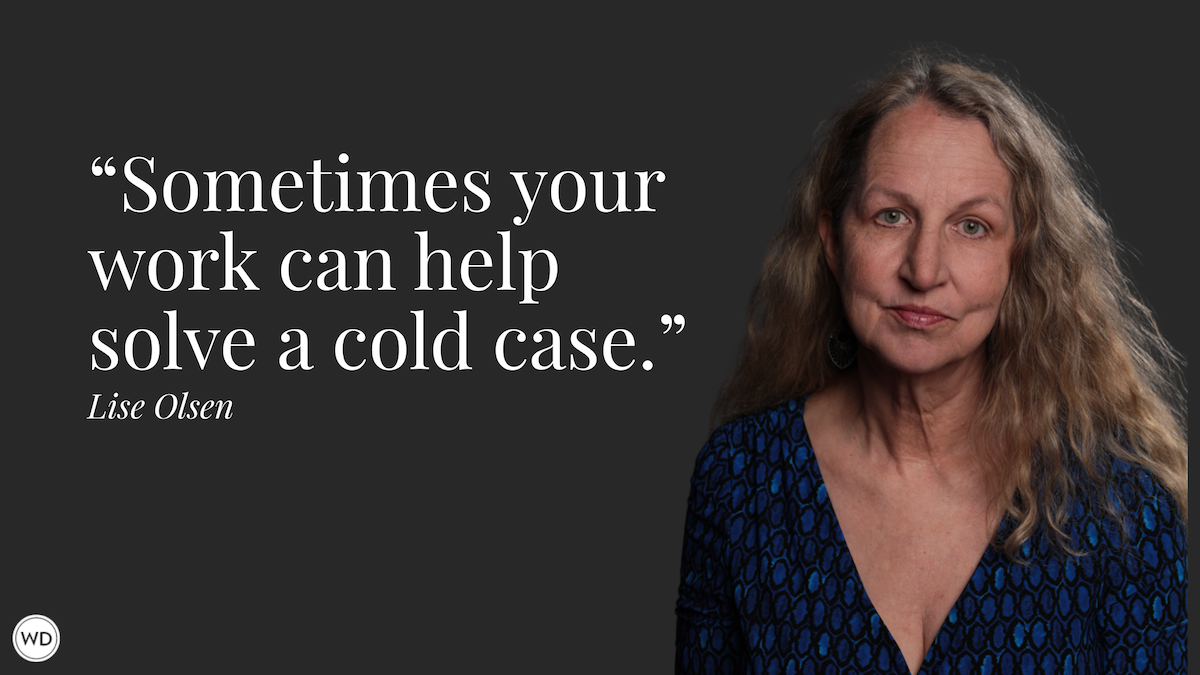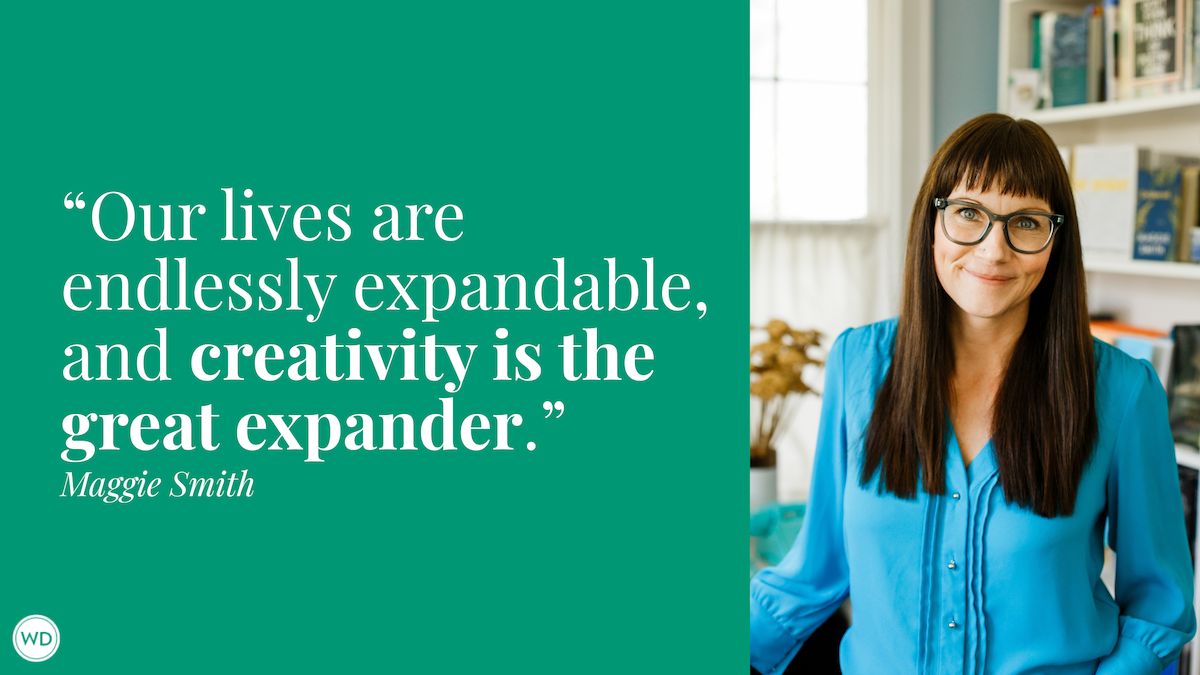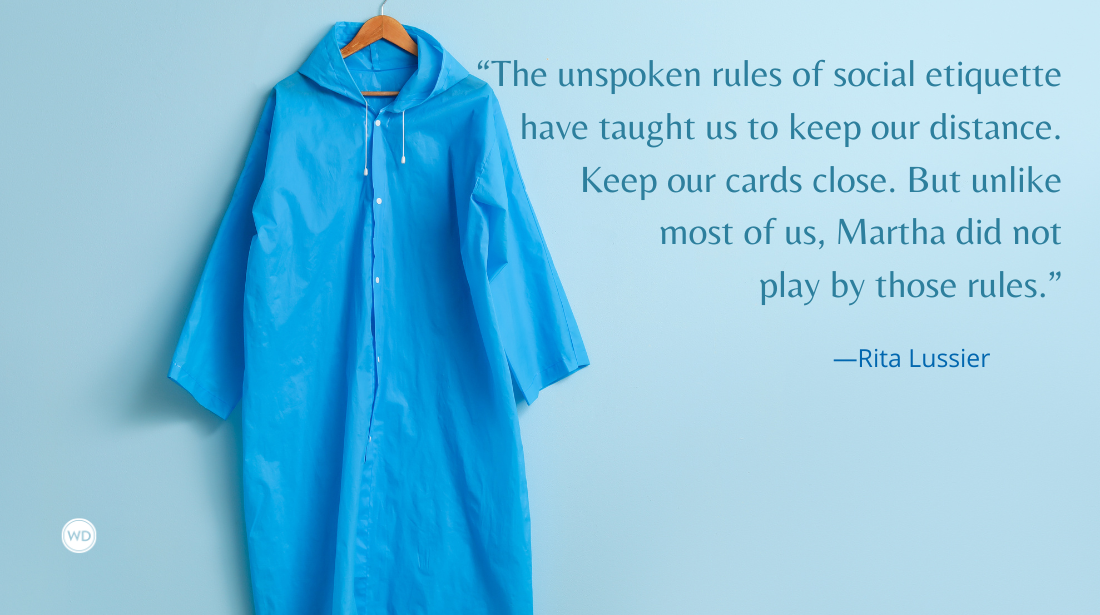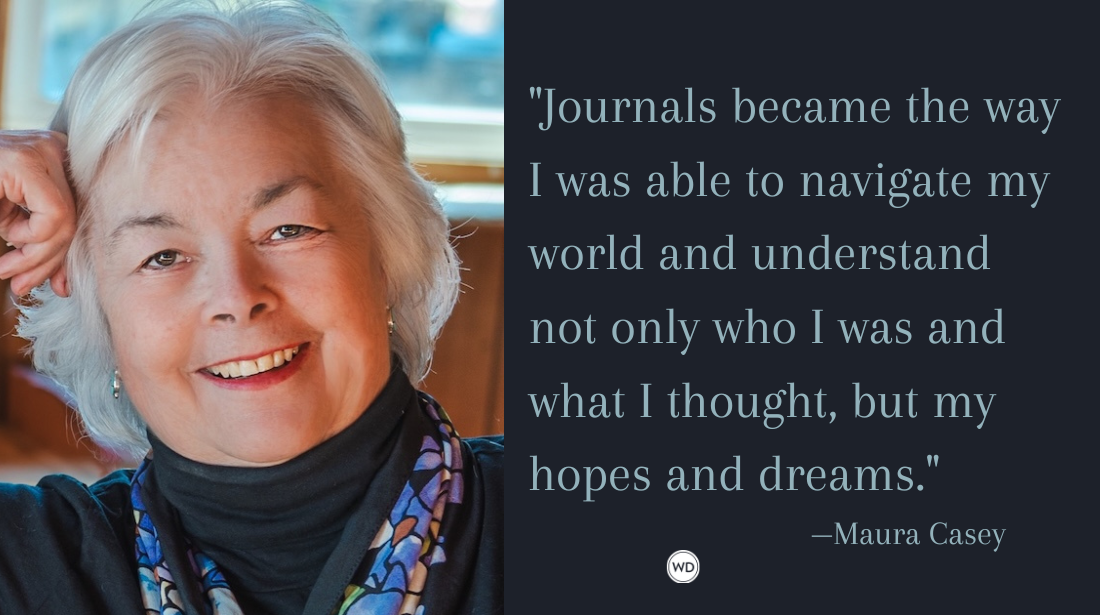What Is Creative Nonfiction in Writing?
In this post, we look at what creative nonfiction (also known as the narrative nonfiction) is, including what makes it different from other types of fiction and nonfiction writing and more.
When I was younger, I often (foolishly) thought of writing genres in this way: Fiction was "creative" and nonfiction was "not creative." However, that's completely wrong. I now know from years of experience that even a list of instructions can be infused with creativity. Don't even get me started on copywriting and journalism.
Perhaps what I meant to say (though honestly I was just naive at the time) is that fiction is "made up" and nonfiction is "truth." But even that feels wrong, because there is "truth" in fiction and "untruth" in nonfiction. All this to say (before we disappear down a fiction-nonfiction rabbit hole), the term creative nonfiction can be a little confusing even for experienced writers and readers.
In this post, we're going to look at what creative nonfiction is, including what makes it different from other types of nonfiction writing, and more.
What Is Creative Nonfiction in Writing?
Probably the best way to answer this question is dig up a previous interview I had with Lee Gutkind, founder and editor of Creative Nonfiction. To help me set a baseline, I asked for a definition of creative nonfiction as a writing genre.
What sets creative nonfiction apart from other types of nonfiction?
Lee Gutkind: We like to say creative nonfiction is "true stories, well told." What sets it apart is that creative nonfiction is a combination of what I like to call style and substance. That is to say that like all traditional nonfiction, creative nonfiction communicates significant, accurate ideas and information but it is told in a way that there is a story that goes with it, a narrative. That's the style.
The narrative can be very heavily narrated, or it can be very slight. But there's a way that gets readers interested in learning about the subject or writer through using literary techniques like scene, setting, dialogue, and description. And different from a lot of traditional nonfiction, the writer is encouraged to use his or her point of view from time to time.
So, still using the facts, but more story-based?
Lee Gutkind: And even with personal essay, which is under the creative nonfiction umbrella. Although an essayist may meander a little bit, there may not be in a personal essay a strong chronological narrative. At the same time, the writer is, in one way or another, not just entertaining a reader, but informing or teaching a reader about something. And it doesn't have to be about robots or medicine. It could be about their own lives as well.
A set of instructions, a how-to article, and most straight-up reporting employ elements of creativity, for sure, but they don't usually take advantage of common fiction tools like narrative or story arcs. However, creative nonfiction often does use dialogue, setting, plot, character arcs, and other tools of the trade.
Creative nonfiction does not have to be first person narrative, though it often can be. The point, as Gutkind shares above, is that creative nonfiction is often residing at the intersection of "the truth" and "a well-told story." If you have those elements, you're well on your way to writing creative nonfiction.
*****
Personal essays are appealing first-person stories found in magazines, newspapers, anthologies, and collections. They're true stories told by people willing to share their intimate thoughts and feelings about life. In this session, Windy Lynn Harris will share the essential components required to deliver a meaningful true story so you can craft your personal essays with confidence.
Robert Lee Brewer is Senior Editor of Writer's Digest, which includes managing the content on WritersDigest.com and programming virtual conferences. He's the author of 40 Plot Twist Prompts for Writers: Writing Ideas for Bending Stories in New Directions, The Complete Guide of Poetic Forms: 100+ Poetic Form Definitions and Examples for Poets, Poem-a-Day: 365 Poetry Writing Prompts for a Year of Poeming, and more. Also, he's the editor of Writer's Market, Poet's Market, and Guide to Literary Agents. Follow him on Twitter @robertleebrewer.



